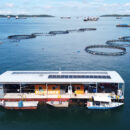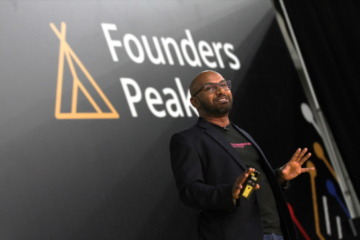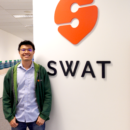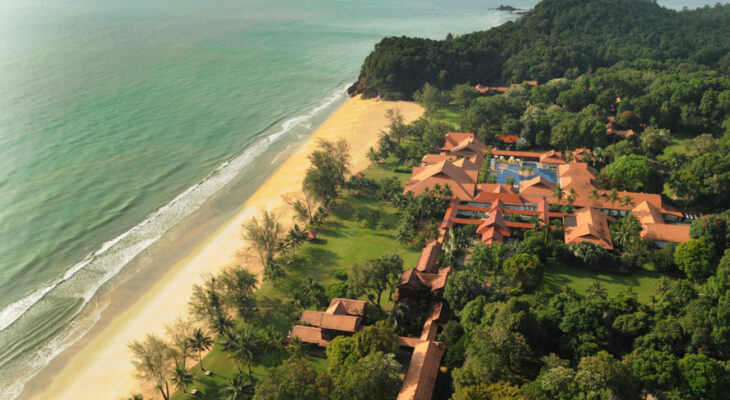
Club Med: Reopening For Business In A Changed World
The leading international hospitality group is optimistic that vaccinated travel lanes, travel corridors, and sandboxes will instil confidence in consumers to start travelling again.
Synonymous with all-inclusive resort vacations for families, Club Med is looking for growth opportunities in Asia as borders gradually and cautiously reopen around the world.
Challenges remain – in particular, ensuring the safety and wellbeing of guests amid the ongoing pandemic – but opportunities in the form of Vaccinated Travel Lanes (VTLs) and trends such as ‘workations’ are also emerging.

Rachael Harding, Chief Executive Officer, East and South Asia & Pacific, Club Med, shares her insights on reopening amid a crisis and what the post-COVID travel sector could look like.
What are some of the expected travel trends in the post-COVID economy, and when do you expect the tourism and hospitality industry to fully recover from the pandemic?
Leisure travel will bounce back faster than business travel. First, international travellers will be driven by the heart – many have missed weddings, honeymoons, family reunions, and birthday celebrations. A recent survey travel survey in Australia that we conducted showed that 63% of consumers had missed a trip they had booked to meet their families because of the pandemic, while another Southeast Asian travel survey we did showed that the top priority for 73% of respondents is reconnecting with families based overseas.
We also expect the trend of ‘workations’ to rise. The widespread adoption of remote work arrangements since the start of the pandemic has increasingly blurred the lines between work and leisure. New innovations by Club Med include ‘worktainment’, where we offer companies the option to mix corporate events and conferences with a leisure trip for their employees, and Work Hub, which involves offering private workstations within the resort to allow guests easy transit between work and play.
We are optimistic about the recovery of the industry, especially with schemes like the VTLs, that mark the gradual reopening of borders. While we are still taking baby steps, this is a significant milestone in the travel industry’s roadmap for recovery.
What are some opportunities that Club Med sees locally and abroad for the tourism and hospitality industry with the implementation of VTLs?
While we are unlikely to witness an immediate surge in inbound tourists from the VTLs, such arrangements are a careful initial step to the eventual reopening of borders. As a controlled means for travel, these arrangements offer a blueprint for how Singapore and other countries in the region can eventually welcome travellers on a larger scale.
We have noticed increased traffic to our platforms whenever positive travel-related news is released in the various markets, as the news stimulates consumers’ excitement for travel. The VTLs thus offer the travel and hospitality sector an opportunity to re-engage customers and remain top of mind.

What measures has Club Med taken to ensure the safety and well-being of your employees and customers, especially as borders reopen?
The most important measure is to have our staff in the resorts fully vaccinated. We seek to have 80% of our staff fully vaccinated prior to reopening, to protect our guests and employees. Eventually, we aim to reach a vaccination rate of close to 100%.
In addition, we’ve rolled out Safe Together, a guest assurance programme developed with the support of Ecolab, a global leader in water, hygiene, and energy technologies and services. Through a series of heightened hygiene and safety protocols implemented across all of Club Med’s resorts in Asia, Safe Together provides guests with the reassurance of a clean and safe environment when experiencing the resort.
In light of the uncertainties, studies have also shown that the increased risk of cancellations and the subsequent financial costs are huge concerns for consumers. We thus implemented our Peace of Mind policy to provide additional flexibility for our guests when it comes to bookings and cancellations.
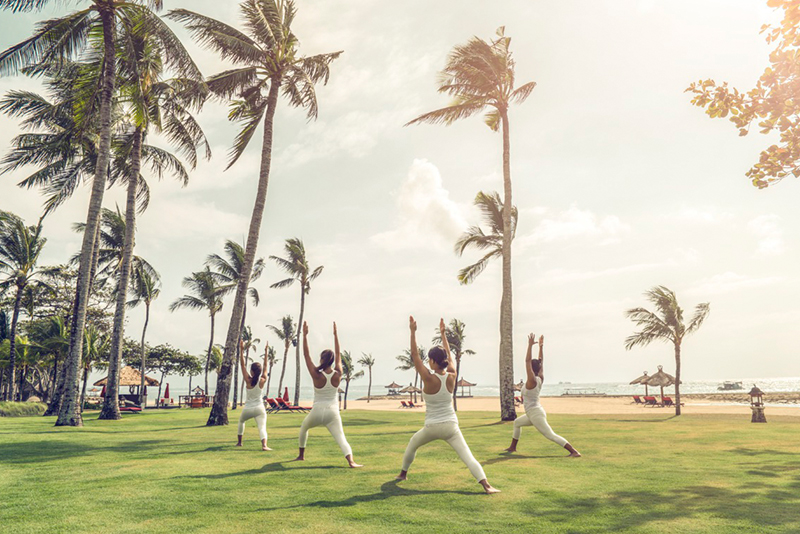
Club Med is in the midst of targeting a full reopening of all resorts in Asia-Pacific by the end of 2021. What challenges do you foresee in achieving this?
The safety and wellbeing of guests and employees are paramount in deciding when a resort should reopen. To this end, safe protocols implemented through Club Med’s Safe Together hygiene programme are the foundation of this full reopening.
That said, the readiness to travel and the reduction of stay home notice periods and advisories will determine the reopening of our resorts, since we do require a minimal occupancy to operate an all-inclusive resort. The success of the VTLs, travel corridors and sandboxes (initiatives that allow vaccinated travellers to enter a country without quarantine) will add to our knowledge and instil confidence.
Finally, the prerequisite of the resort being located in a ‘green zone’ or a location with a track record of successful control of the cases would also help in enhancing the attraction of the location.
What advice would you give to businesses in the tourism and hospitality industry to weather the pandemic and emerge stronger during the eventual rebound?
The tourism and hospitality industry has been one of the hardest hit by the COVID-19 pandemic. However, travel and tourism will rebound, and we can emerge stronger by adapting to these new circumstances and adjust to the changed mindsets and priorities of our consumers. The pent-up demand, especially in Asia where we have been travel-starved, will be very high, so we just need to be prepared for it when the rebound eventually comes.


